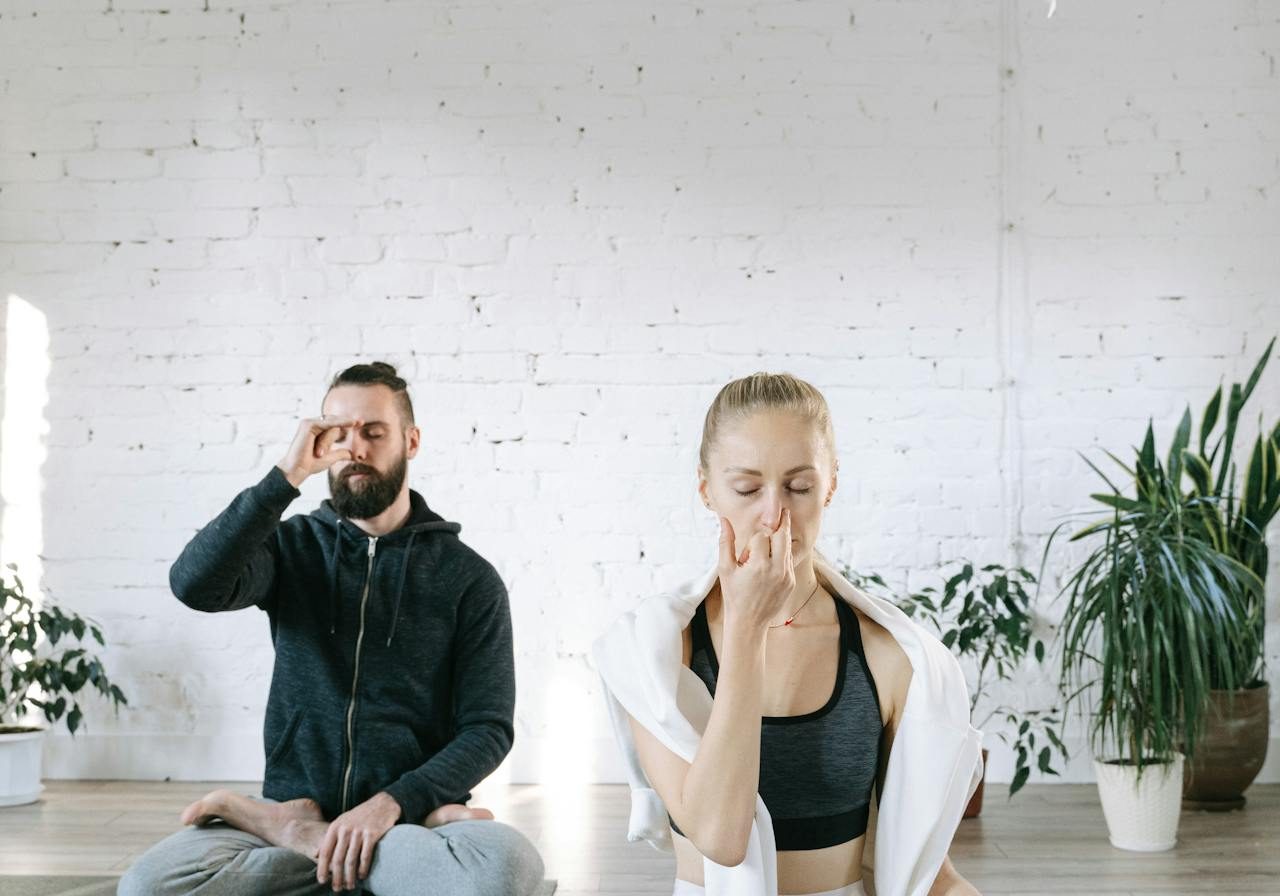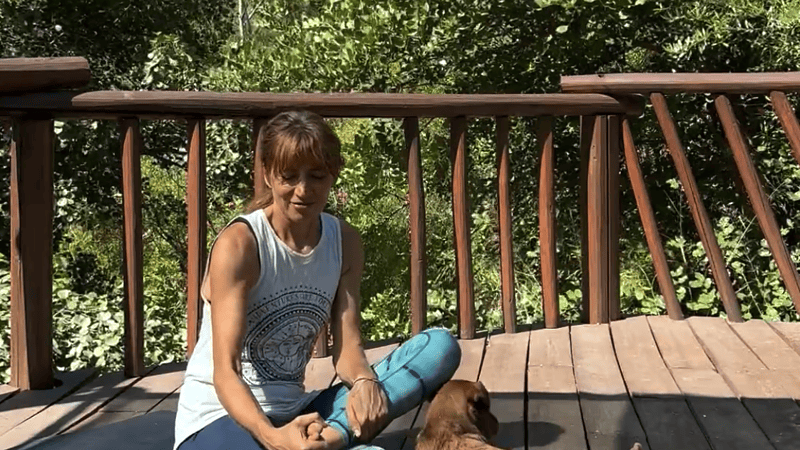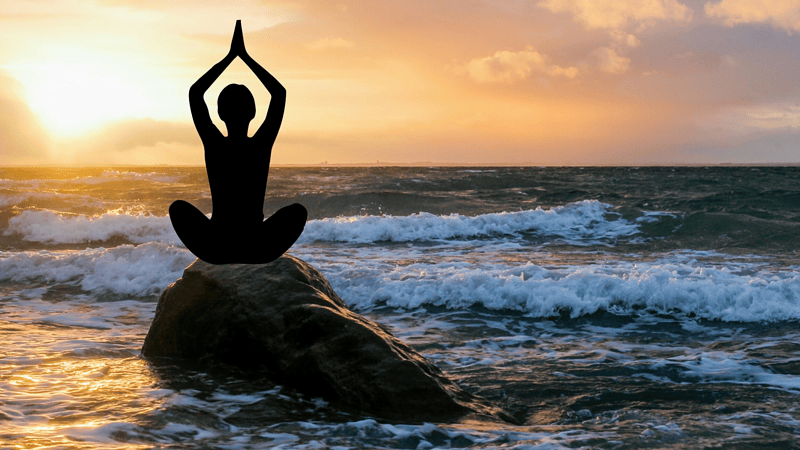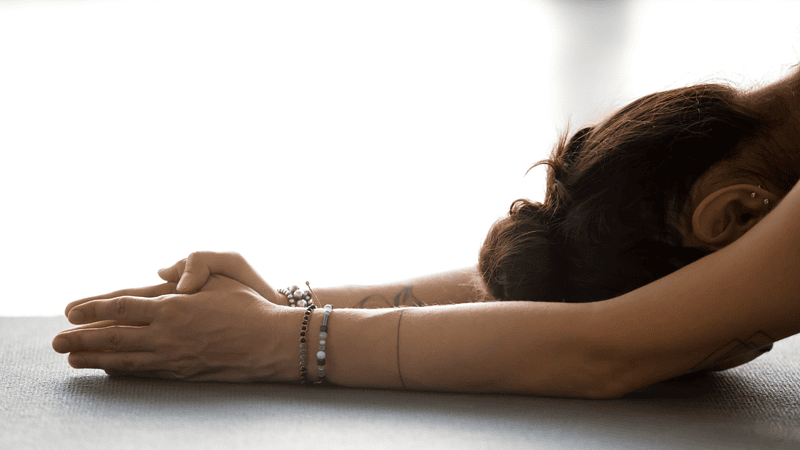
5 Ways That Pranayama Helps You Live Longer
Pranayama, in simple terms, teaches you breath control which brings about mindfulness in breathing. The regular practice of Pranayama can reduce key health risk factors such as stress and anxiety thereby contributing to a longer and healthier life.
Reading time: 5 minutes
Pranayama is the fourth limb of the eight limbs of Ashtanga Yoga as mentioned in the Yoga Sutras of sage Patanjali. Pranayama focuses on controlling and manipulating the breath to influence the flow of Prana (Life Force) within the body. It is important to note that while all pranayama involves conscious breathing, all conscious breathing is not pranayama. Conscious breathing is the simple practice of paying attention to your inhalations and exhalations with or without specific breathing techniques or movements. However, Pranayama includes specific inhalation, exhalation and breath retention exercises along with the use of Mudras (Hand Gestures) and Asanas (Body Postures) for optimal benefit.
Here are 5 ways that practicing pranayama daily can help you lead a longer, healthier life:
Improves Heart Health
The practice of pranayama activates the parasympathetic nervous system, which slows the heart rate and reduces strain on the cardiovascular system. Therefore, incorporating yogic breathing techniques like Dirga Pranayama (Three-Part Breath) in your day to day life is linked to better heart function, making it a non-invasive, low-cost strategy for a good healthy heart. As per yogic philosophy, the slower you breathe, the longer you live.
Regulates Blood Pressure
Slow, deep inhalations and exhalations reduce sympathetic nervous system activity which is responsible for raising blood pressure. The regular practice of conscious breathing increases baroreflex sensitivity which helps in stabilizing blood pressure. Ujjayi Pranayama (Victorious Breath) is said to be beneficial for reducing blood pressure. Fifteen to twenty minutes of pranayama a day along with a wholesome diet can help manage and regulate your blood pressure.
Helps De-stress
Deep breathing lowers cortisol levels. Cortisol is your primary stress hormone. By reducing cortisol levels, pranayama calms overactive neural circuits involved in anxiety and rumination. Nadi Shodhana Pranayama (Alternate Nostril Breathing) is particularly helpful in calming the nervous system. It balances the left and right hemispheres of the brain improving mental and emotional clarity. With a regular dedicated pranayama practice, everyday distractions and disturbances will cease to agitate your mind.
Increases Immunity
Yogic breathing techniques lead to less systemic inflammation. It improves vagus nerve activity which is responsible for a better immune system. Kapalbhati (Skull Shining Breath) detoxifies the body and increases the flow of oxygen thereby aiding your body's defense system. The more stressful our lives get, the more time our body needs to heal. Pranayama is considered particularly beneficial in regulating hormones and improving your overall vitality.
Promotes Sleep
Slow, rhythmic breathing activates the relaxation response, lowers nighttime cortisol, and facilitates the transition into sleep by quieting the mind. Bhramari Pranayama (Humming Bee Breathing) is one of the best breathing techniques to alleviate insomnia and restlessness. The gentle humming sound produced during the practice of this pranayama soothes the nervous system helping you sleep better. Similarly, Sheetali Pranayama (Cooling breath), which brings down your body temperature, can be an effective remedy for people who are unable to sleep in hot weather conditions.
An average person breathes between 17,000 and 23,000 times per day. So use your breath to lift yourself above your physical and mental limitations. Start by paying attention to your breath or by practicing mindful breathing. You will be astonished at how it changes your body. It is important to note that pranayama techniques must be practiced under a trained yoga teacher to avoid mistakes and possible injuries to your body. So what’s the wait? Sign up for that neighborhood or online yoga class today! Don’t skip on pranayama! Inhale… Exhale… Repeat!





